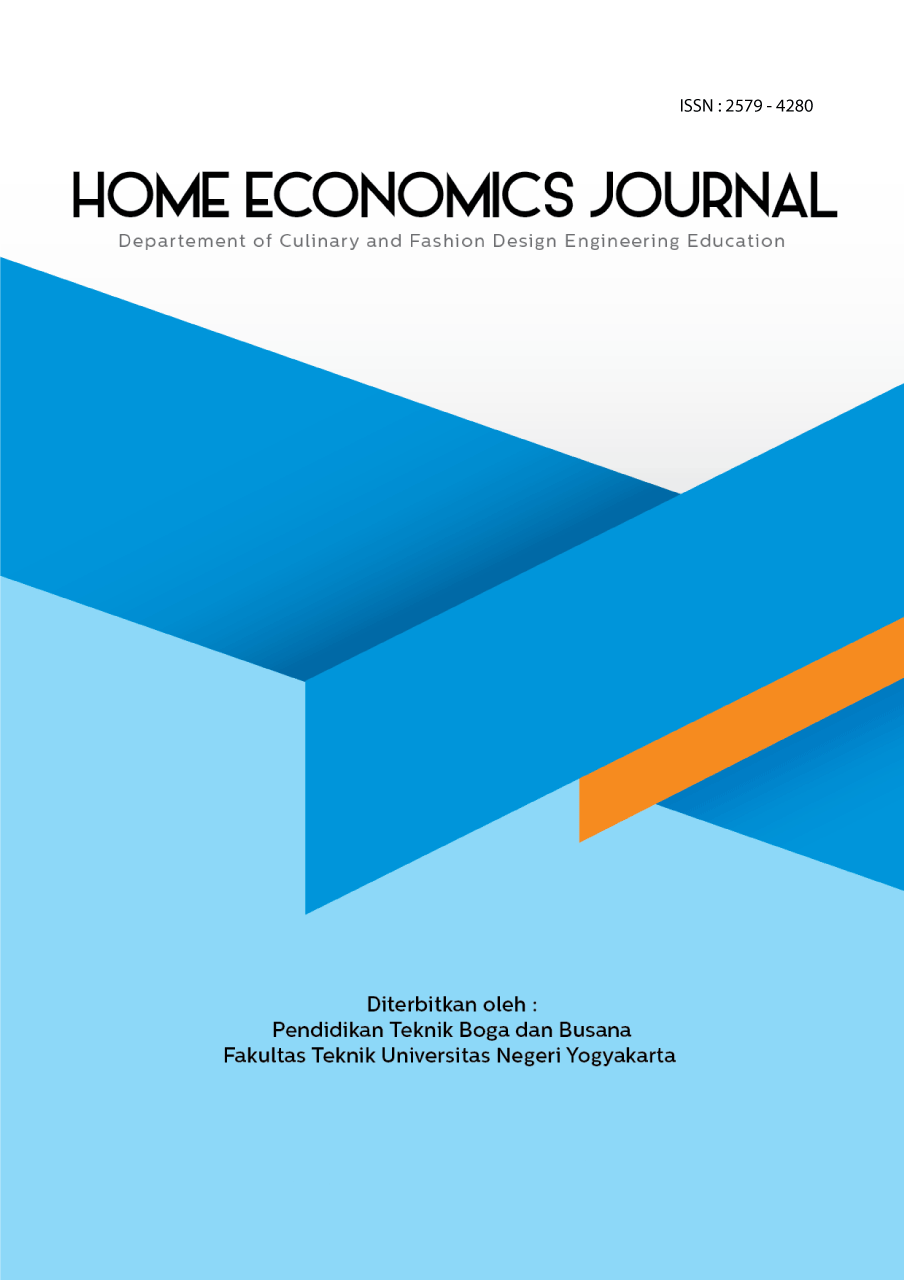ANALYSIS VIDEO BASED LEARNING DESIGN IN PRACTICE COURSE AT VOCATIONAL SCHOOL
DOI:
https://doi.org/10.21831/hej.v8i2.67927Keywords:
Bandicam, distance learning, video-based learning, vocational school, Brame's TheoryAbstract
References
í–. Aí§Ä±kgí¶z and A. Gí¼nay. (2020, Apr). The early impact of the Covid-19 pandemic on the global and Turkish economy. Turkish Journal of Medical Sciences, 50( SI-1), 520–526.
N. Makarim. (2020). Press Conference No. 137/sipres/A6/VII/2020. Kementrian Pendidikan Kebudyaan Riset dan Teknologi. Jakarta
J. Dewey. (1958). Experience and nature. Northeast: Courier Corporation.
Berita Negara Republik Indonesia. (2012). Permendikbud No. 24 Tahun 2012.
C. J. Brame. (2016, Dec). Compelling Educational Videos: Principles and Guidelines for Maximizing Student Learning from Video Content. CBE- Life Sciences Education, 5(4)
R. Schmid et al. (2014, Mar). The effects of technology use in postsecondary education: A meta-analysis of classroom applications. Computers & Education, 72, 271–291.
H. D. Brecht. (2012, Jan). Learning from Online Video Lectures. Journal of Information Technology Education : Innovations in Practice, 11, 227–250.
Z. Woolfitt (2015). The effective use of video in higher education. Lectoraat Teaching, Learning and Technology Inholland University of Applied Sciences.
E. Susanti, R. Harta, A. Karyana, and M. Halimah. (2018, Dec). Desain Video Pembelajaran Yang Efektif Pada Pendidikan Jarak Jauh: Studi Di Universitas Terbuka. Jurnal Pendidikan Dan Kebudayaan, 3(2), 167–185.
Mayer, R. E. (2014). Multimedia instruction. Handbook of research on educational communications and technology, 385-399.
Clark, R. C., & Mayer, R. E. (2023). E-learning and the science of instruction: Proven guidelines for consumers and designers of multimedia learning. john Wiley & sons.
Guo, P. J., Kim, J., & Rubin, R. (2014, March). How video production affects student engagement: An empirical study of MOOC videos. In Proceedings of the first ACM conference on Learning@ scale conference (pp. 41-50).
Su, F., Zou, D., Wang, L., & Kohnke, L. (2024). Student engagement and teaching presence in blended learning and emergency remote teaching. Journal of Computers in Education, 11(2), 445-470.
Reilly, C., & Reeves, T. C. (2024). Refining active learning design principles through design-based research. Active Learning in Higher Education, 25(1), 81-100.
Murphy, M. P., Phillipson, A., McRae, K. E., & Leger, A. B. (2024). The experience of teaching in an active learning classroom: a positive/negative perception study. Learning Environments Research, 1-15.









